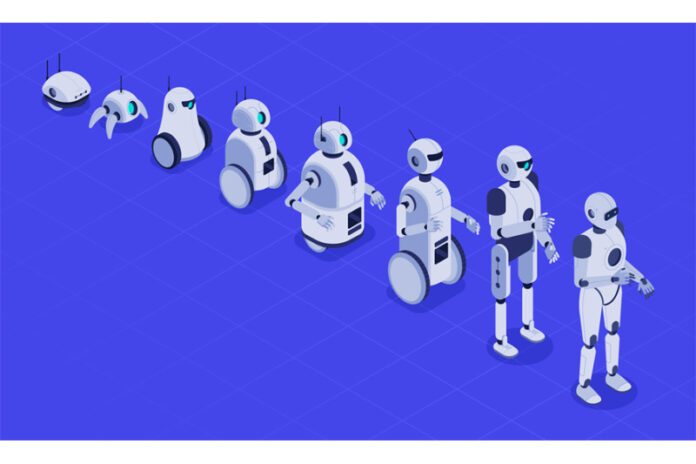- AI-Powered Robotics
Robotics are set to become more versatile thanks to a blend of AI technologies, including physical, analytical, and generative AI. Companies producing robots and microchips are investing in specialized hardware and software that mimic real-world conditions. This approach, known as Physical AI, enables robots to learn and adapt from simulated environments rather than being strictly pre-programmed. Generative AI projects are aiming to spark a breakthrough in Physical AI, enhancing robotics applications in both traditional manufacturing and service sectors. - Humanoid Robots
Robots designed to resemble humans have been capturing significant media attention. The goal is to develop general-purpose humanoid robots capable of tasks ranging from loading a dishwasher to working on an assembly line. While start-ups are pushing the envelope on multifunctional humanoid robots, industrial players are concentrating on creating humanoids designed for specific, single-purpose tasks, particularly in the automotive and warehousing industries where robotics have a long history of innovation. - Focus on Sustainability
Meeting the United Nations’ environmental sustainability targets and adhering to global regulations is now a key factor for suppliers. Robotics are playing a crucial role in helping manufacturers reach these sustainability goals by optimizing production processes and reducing waste. - Expansion into New Business Areas
There remains substantial potential for robotic automation within the manufacturing sector, especially among small and medium-sized enterprises (SMEs). The introduction of low-cost robotics is making automation accessible to this “good enough” segment, opening new avenues for business growth. - Alleviating Labor Shortages
The manufacturing industry worldwide continues to face significant labor shortages, a challenge highlighted by the International Labour Organisation. Demographic shifts are a major contributing factor, with the shortage impacting supply chains across various countries. Robotics offer a promising solution to ease these labor constraints.
Leading 5 Robotics Trends for 2025: Insights from IFR

Published:



